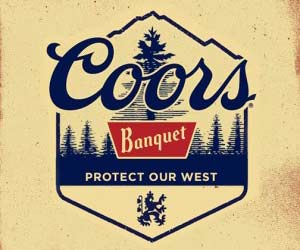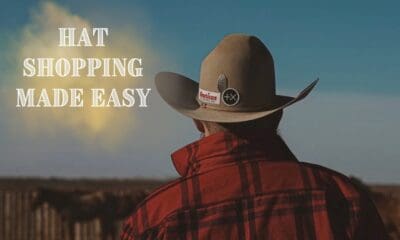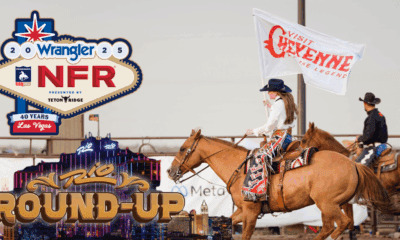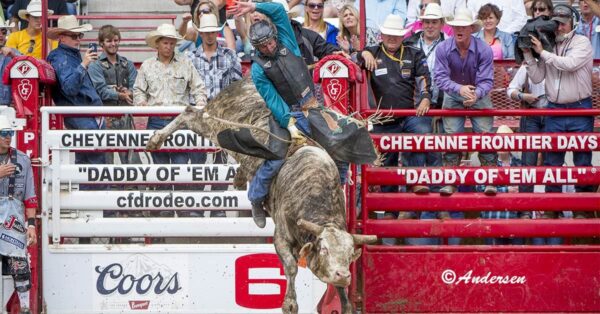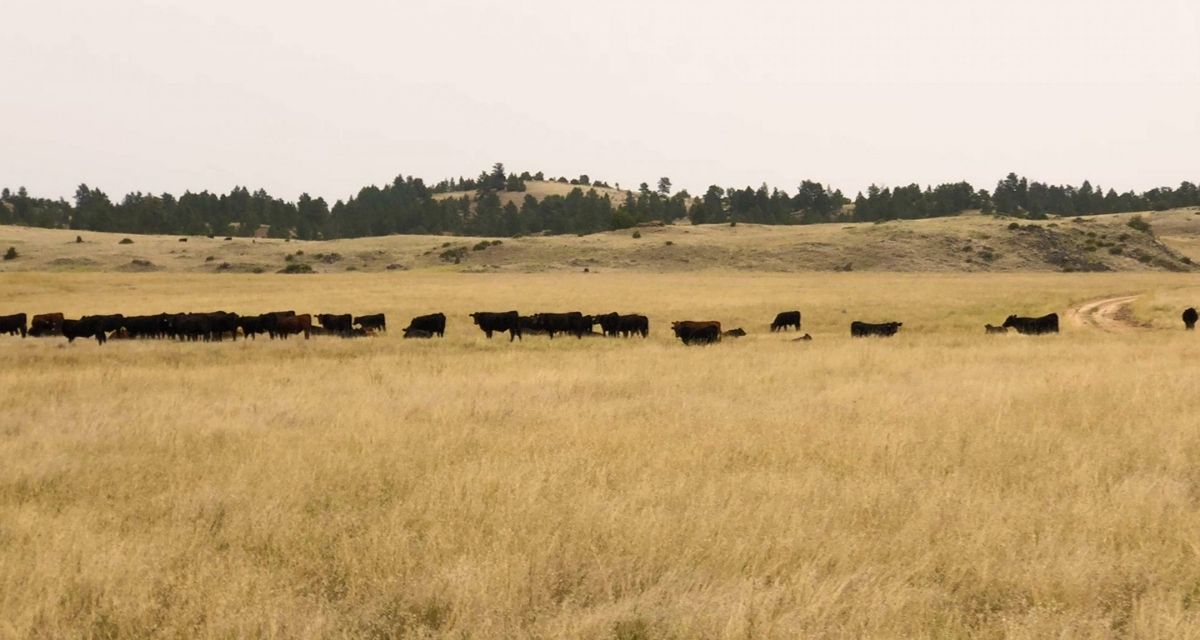
Agriculture 101: What is Rangeland, Pasture, and Forage Insurance?
If you have a pasture, rangeland, or forage acres being grown for grazing livestock or haying then Pasture, Rangeland, and Forage Insurance is something to look into. This was designed specially to give you the opportunity to buy insurance protection for losses of forage that was produced for grazing or harvested for hay which has resulted in destocking, depopulating, or increased costs for feed. The Pasture, Rangeland, and Forage program does not measure the production or loss of products themselves, instead, it uses a rainfall index to determine precipitation for coverage purposes.
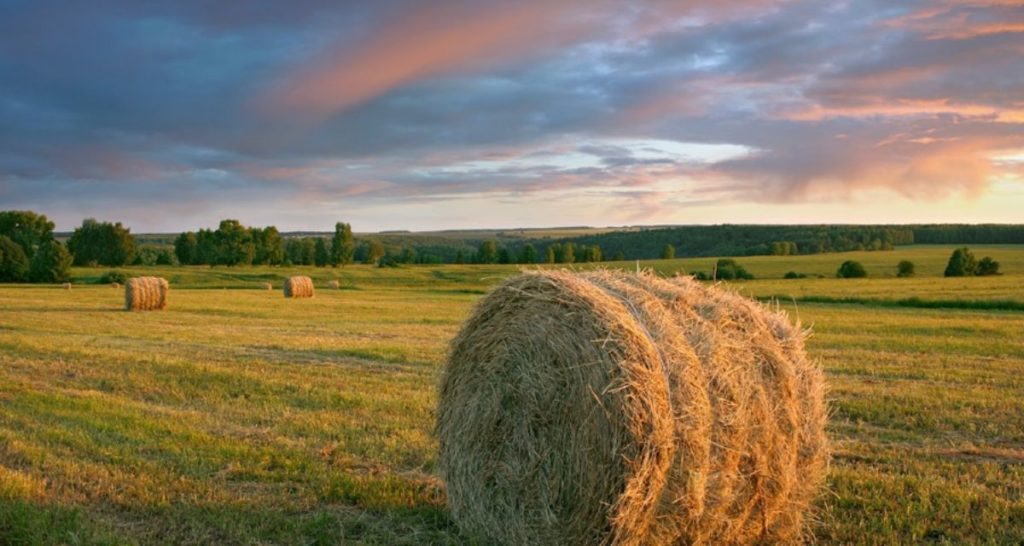
The National Oceanic and Atmospheric Administration Climate Prediction Center’s (NOAA CPC) data is used by the Rainfall Index. Each grid is approximately 17 x 17 miles. Based on the location to be insured, acres will be assigned to one or more grids. A producer must select at least two, two-month periods called index intervals when precipitation plays an important role in their operation. It is very important for ranchers and farmers to know and understand that payments aren’t based on individual rain gauges on a single weather station or on their farm. They are based on the interpolated data for the entire National Oceanic and Atmospheric Administration Climate Prediction Center’s grid which might not be traced back to a single reporting station. The Pasture, Rangeland, and Forage Insurance is available in forty-eight contiguous states with some exceptions of a few grids that cross international borders.
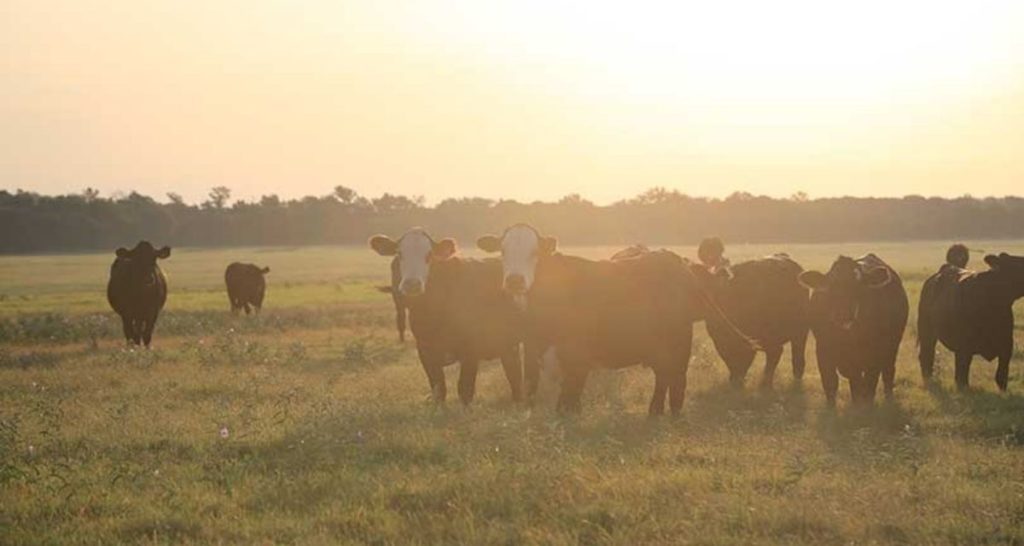
The Pasture, Rangeland, and Forage insurance was specially designed to help protect the producers’ operation from the risks of forage loss due to the lack of precipitation. Based on the expected precipitation during specific intervals only. It was not designed to insure against an ongoing or severe drought.
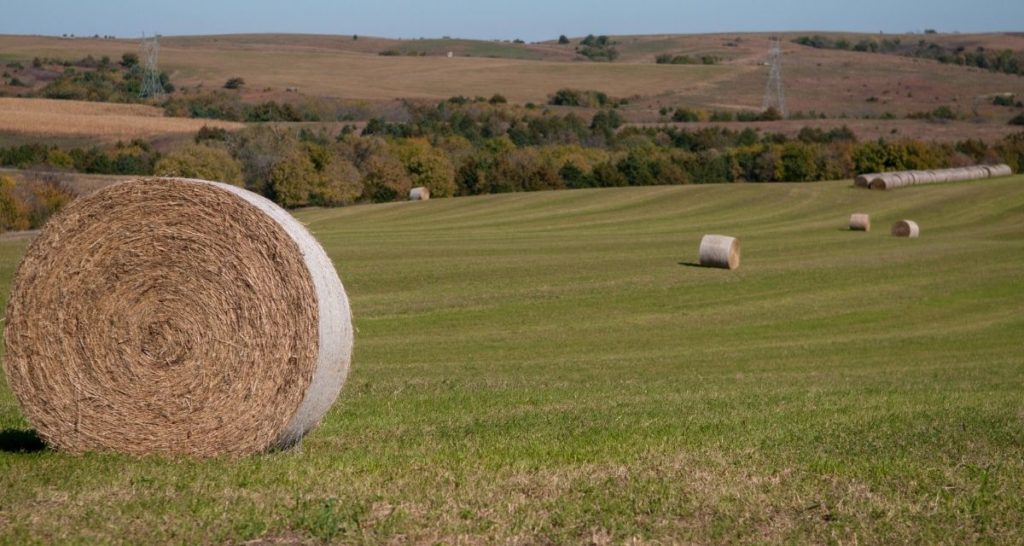
Approximately fifty-five percent of all U.S. land is covered by Pasture, Rangeland, and Forage. It’s important for ranchers and farmers to know which techniques and types work best for their region as forage grows differently in different areas.
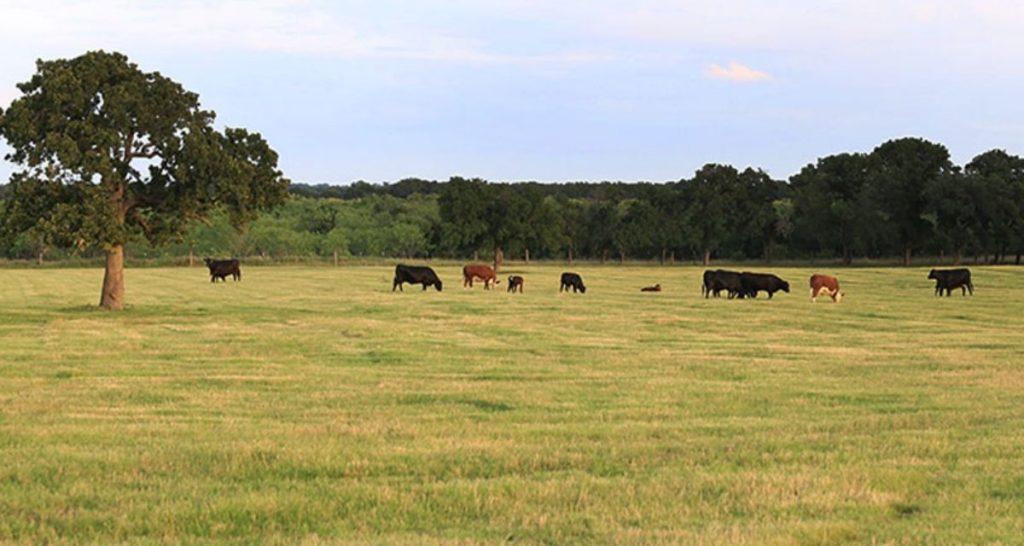
By using the National Oceanic and Atmospheric Administration Climate Prediction Center’s data for their grids and index intervals is how insurance payments are determined. The producer may receive an indemnity when the final grid index falls below the policyholder’s “trigger grid index”. This insurance is for lack of precipitation which is for a single peril and the coverage is based on the experience of the entire grid. It’s not based on specific weather stations, individual ranches, or farms.
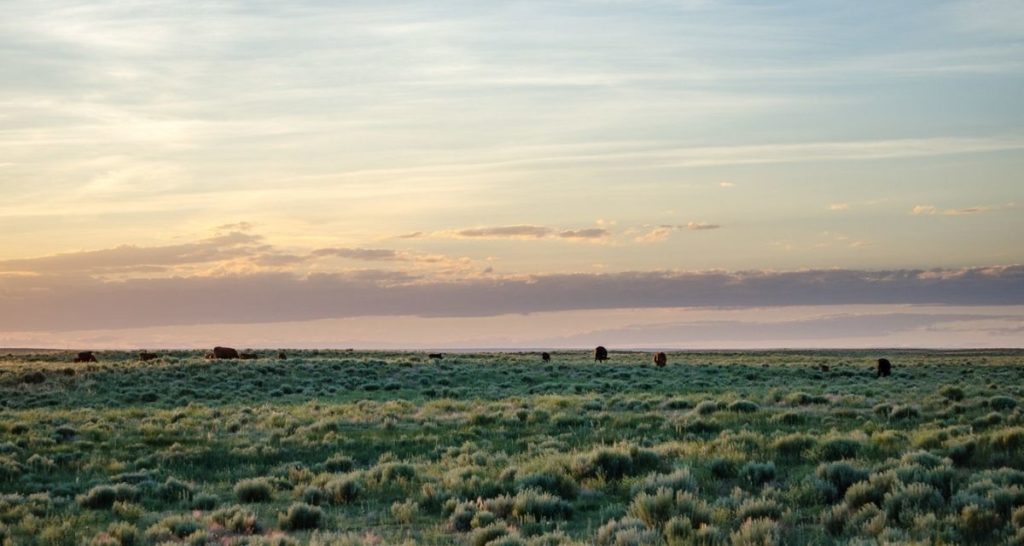
CKP Insurance
Our trained professionals will walk you through a range of options using risk-assessment tools that will take the pressure off when there is a drought in your area. The program is very affordable because the government subsidizes 51%-59% of the premium.
“Those Who Expect More Choose CKP”
We Got What You Need
Pasture, Rangeland, Forage Insurance was designed to help protect your operation from the risks of forage losses that are produced for grazing or harvested for hay, resulting in increased costs for feed.
Anyone can sell you a policy. But CKP Insurance invests the time to understand your needs and develop a strategy that will produce the best coverage results.

Last Updated on 05/10/2022 by Megan deFabry
CLN Community Sponsor
